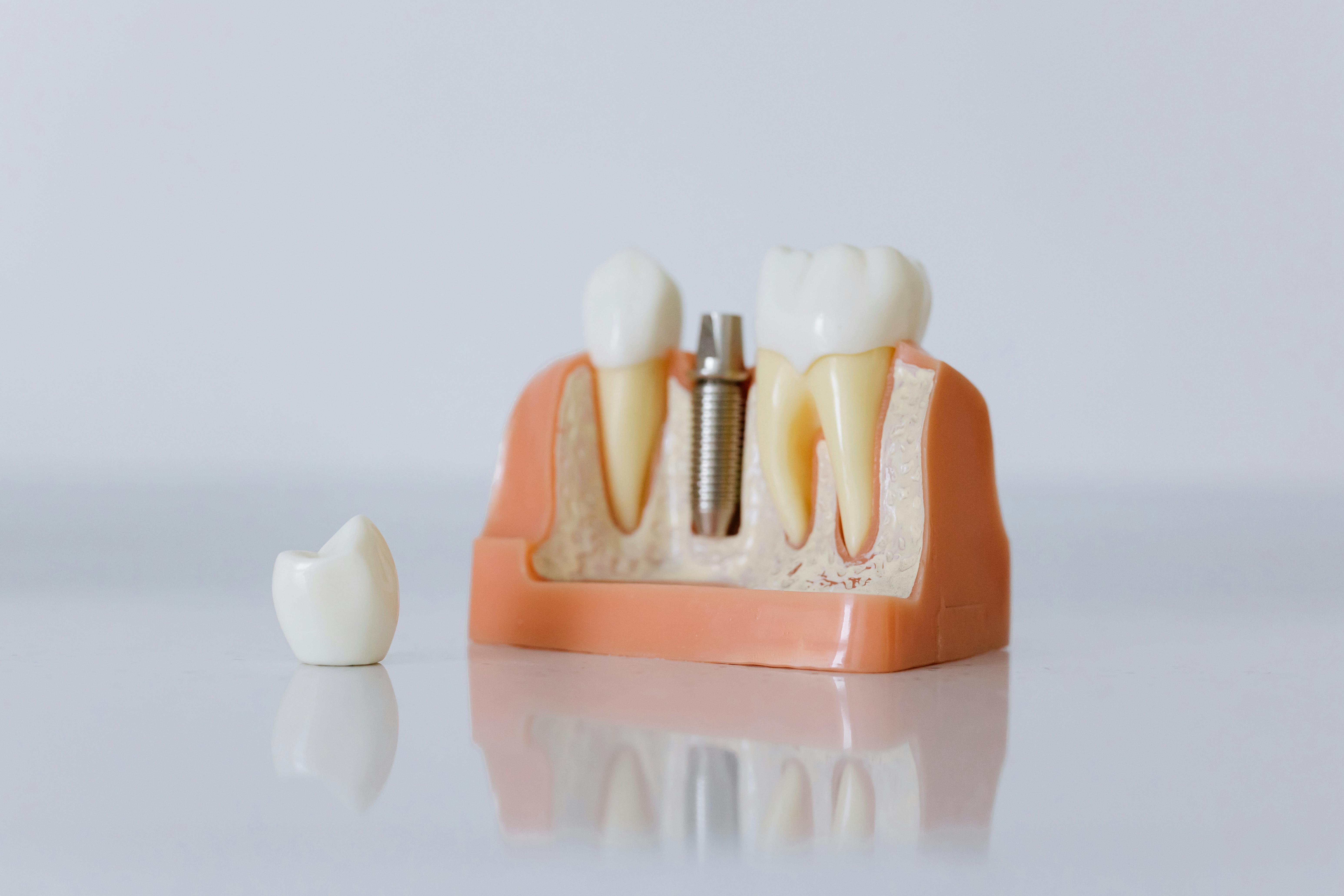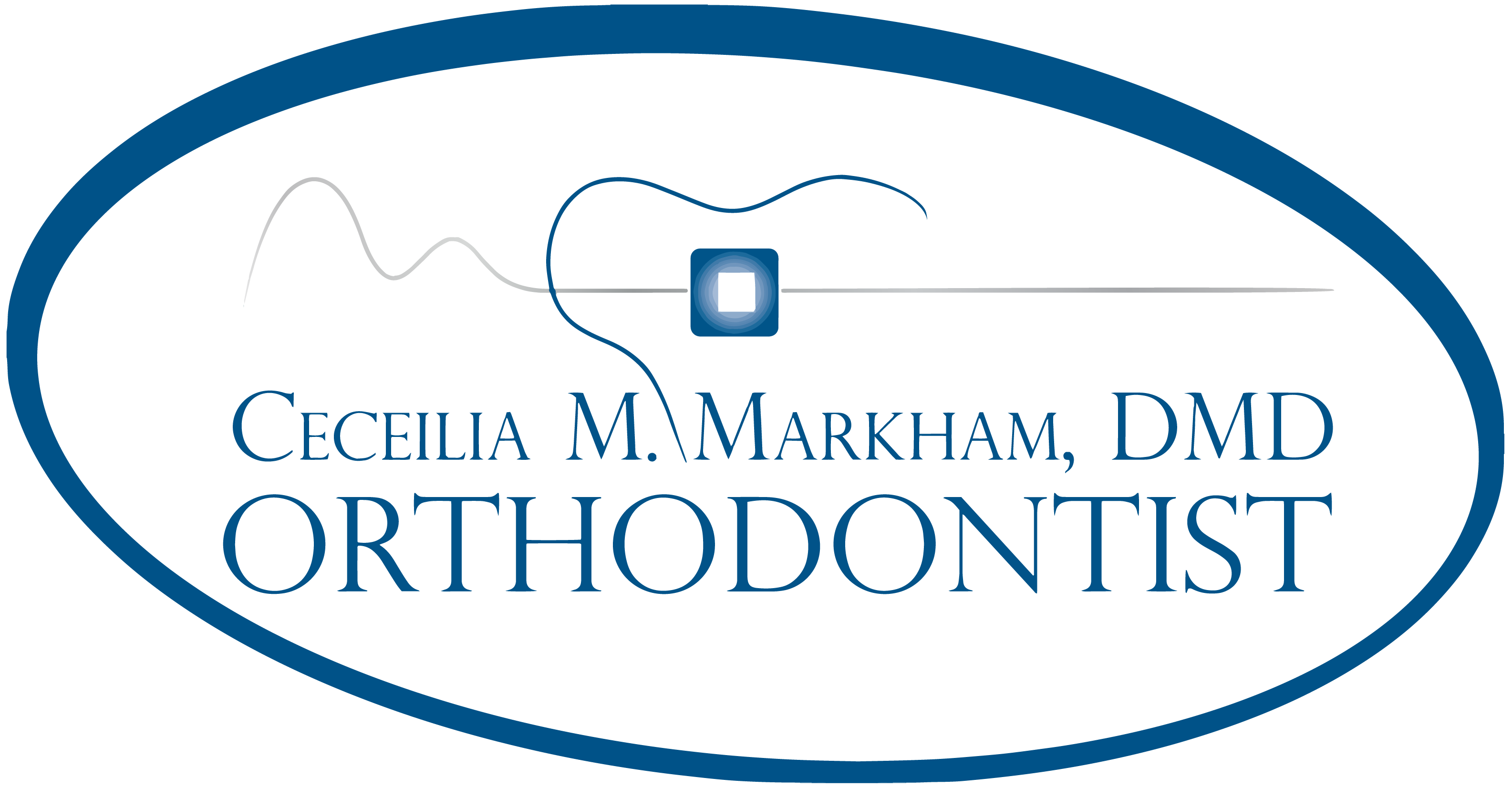When it comes to orthodontic treatment, correcting bite misalignments is crucial for both functional and aesthetic reasons. One of the most common bite issues that orthodontists address is Class II malocclusion, which occurs when the upper teeth and jaw protrude excessively in relation to the lower teeth and jaw. This condition can lead to various dental issues, such as difficulty chewing, speech problems, and increased risk of tooth wear or jaw pain. To correct this, Class II correction appliances are often used.
Dr. Ceceilia M. Markham, DMD , a skilled orthodontist in Warrington, PA, specializes in using these appliances to help her patients achieve a balanced, functional bite. In this article, we’ll delve into the Class II correction appliance, explaining how it works, the different types available, and what you can expect from treatment.

What is a Class II Malocclusion?
Before understanding how a Class II correction appliance works, it’s important to know what Class II malocclusion is. In orthodontic terms, malocclusion refers to the misalignment of teeth or the way the upper and lower teeth come together when you bite. There are three primary classes of malocclusion:
- Class I: The bite is normal, but the teeth may be misaligned.
- Class II: The upper jaw is positioned too far forward, causing the upper teeth and bite to overlap the lower teeth. This condition is often referred to as an overbite.
- Class III: The lower jaw is positioned too far forward, leading to an underbite where the lower teeth protrude past the upper teeth.
Class II malocclusion can occur due to several factors, including genetics, childhood habits (like thumb sucking or prolonged pacifier use), or abnormal growth patterns of the jaw. In severe cases, Class II malocclusion can result in functional problems like difficulty chewing, speaking, and even breathing.
What is a Class II Correction Appliance?
A Class II correction appliance is an orthodontic device designed to correct the alignment of the teeth and jaw in patients with Class II malocclusion. These appliances work by repositioning the upper or lower jaw, or by encouraging proper growth of the jaw, to bring the teeth into a more aligned and functional position. The goal of treatment is to create a proper bite, improve both appearance and functionality, and prevent future dental issues related to misalignment.
Dr. Ceceilia M. Markham, DMD, uses a variety of Class II correction appliances to address the different types of Class II malocclusions. These devices apply gentle pressure to the jaw and teeth, gradually moving them into their correct position over time. Depending on the severity of the condition, the appliance may be worn for several months to a year or more.
Types of Class II Correction Appliances
There are several different types of Class II correction appliances, each suited to different cases and treatment goals. Some of the most commonly used devices include:
Functional Appliances
Functional appliances are designed to modify the growth of the jaw, particularly in younger patients who are still undergoing growth and development. These devices work by repositioning the lower jaw forward and stimulating the upper jaw to grow in a more balanced way. The most common functional appliances used for Class II correction include:
- Hershey Appliance: This device is designed to bring the lower jaw forward and encourage proper alignment of the teeth and jaw. It is typically used for growing children who still have active jaw growth.
- Twin Block Appliance: This two-piece appliance is worn on the upper and lower teeth. It works by holding the lower jaw forward and allowing the upper teeth to be repositioned. The Twin Block is particularly effective for children whose growth can be harnessed to correct the bite.
- Bionator Appliance: The Bionator is a removable appliance that is worn in the mouth and works by repositioning the lower jaw. It is commonly used for patients with a mild to moderate Class II malocclusion.
Headgear
Headgear is often used in cases of severe Class II malocclusion, where there is a significant discrepancy between the upper and lower jaw. This appliance consists of a strap that fits around the back of the head and attaches to the braces or molar bands on the upper teeth. Headgear works by applying force to the upper jaw to slow down its growth, thereby allowing the lower jaw to catch up.
There are two primary types of headgear:
- Cervical Pull Headgear: This device applies force to the upper jaw from the back of the head and is often used when the upper jaw needs to be pulled back.
- High Pull Headgear: This appliance applies force to the upper jaw from the top of the head and is used when the upper jaw needs to be held back or moved downward.
Herbst Appliance
The Herbst appliance is a fixed device that works by positioning the lower jaw forward to correct the overbite associated with Class II malocclusion. It is often used for patients who are in their growth phase, particularly when the upper jaw is excessively protruding. The Herbst appliance uses metal hinges to attach to the upper and lower molars, gradually shifting the lower jaw forward over time.
Forsus Appliance
The Forsus appliance is a fixed appliance that works similarly to the Herbst appliance but is designed to be less bulky and more comfortable. It consists of metal springs attached to the upper and lower braces, which push the lower jaw forward and align the teeth. Forsus appliances are often used in patients who are already wearing braces and need additional help correcting their bite.
Clear Aligners (Invisalign)
For mild to moderate cases of Class II malocclusion, clear aligners such as Invisalign can be used to gently shift the teeth and jaw into a more aligned position. These transparent trays are custom-designed to fit the patient’s mouth and gradually reposition the teeth over time. Aligners are a popular option for patients who want a more discreet treatment, as they are nearly invisible when worn.
How Does a Class II Correction Appliance Work?
The mechanism behind Class II correction appliances is relatively simple: they apply gentle but consistent pressure to the teeth and jaw, gradually moving them into a more favorable position. This is done over a period of months or even years, depending on the severity of the malocclusion and the type of appliance being used.
- Functional appliances encourage the growth of the lower jaw and limit the growth of the upper jaw, helping the two jaws align more harmoniously.
- Headgear applies pressure to the upper jaw to control its growth and guide the teeth into better alignment.
- Herbst and Forsus appliances use springs or metal hinges to reposition the lower jaw and correct the overbite associated with Class II malocclusion.
- Clear aligners gradually reposition the teeth and jaw with each new set of aligners.
Throughout the treatment process, Dr. Ceceilia M. Markham, DMD, will closely monitor progress and make necessary adjustments to ensure that the appliance is working as intended.
What to Expect During Treatment
If you or your child is undergoing treatment with a Class II correction appliance, there are a few things to expect:
- Initial Fitting and Adjustment: The first visit will involve fitting the appliance and making necessary adjustments. Dr. Markham will take impressions of the teeth to create a custom device that fits snugly in the mouth.
- Wearing the Appliance: Depending on the type of appliance, the device may be worn full-time or part-time. Some appliances, like functional devices, are worn for a set number of hours each day, while others, like headgear, may only need to be worn during sleep.
- Regular Check-ups: Throughout the course of treatment, regular check-ups will be scheduled to monitor progress and adjust the appliance as needed. Dr. Markham will ensure that the appliance is effectively repositioning the teeth and jaw.
- Comfort and Adjustments: While Class II correction appliances are designed to be effective, they may cause some discomfort, especially when the appliance is first placed or after an adjustment. Patients may experience mild soreness, but this should subside after a few days.
- Duration of Treatment: The length of treatment with a Class II correction appliance varies depending on the severity of the condition, the type of appliance used, and the patient’s age. Treatment may last anywhere from several months to a year or more.
Conclusion: Achieving a Balanced Smile with Class II Correction Appliances
Class II malocclusion can cause a variety of dental and functional problems, but with the right treatment, these issues can be corrected effectively. Using Class II correction appliances, Dr. Ceceilia M. Markham, DMD, can help patients achieve a more balanced, functional bite and improve their overall smile. Whether through functional appliances, headgear, or clear aligners, these appliances are designed to gradually reposition the teeth and jaw for a healthier, more harmonious result.
If you or your child is experiencing a Class II malocclusion, contact Dr. Markham's office today to schedule a consultation. With her expertise in orthodontics and personalized treatment plans, you can take the first step toward a more confident, aligned smile.
Visit Our Office
Office Hours
- MON9:45 am - 5:30 pm
- TUE9:00 am - 5:00 pm
- WED9:45 am - 6:15 pm
- THUBy appointments only
- FRI9:45 am - 5:00 pm
- SAT8:45 am - 1:00 pm
- SUNClosed
